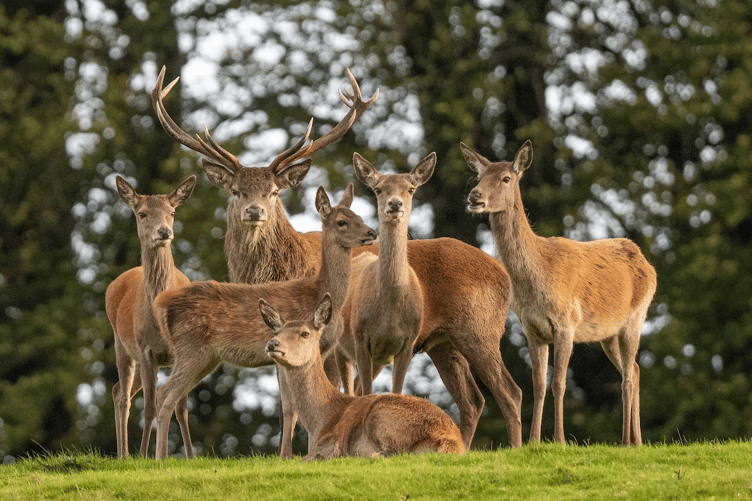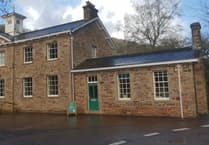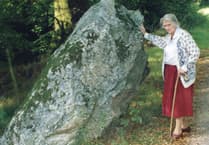THE numbers of wild deer on Exmoor are thought to have doubled over the past 25 years, and are overgrazing moorland and affecting woodland regeneration, an expert on deer management will tell a meeting organised by the Exmoor Society on September 4.
Under the title ‘8,000 Years of Deer’, Professor Naomi Sykes, Lawrence Professor of Archaeology at Exeter University, will discuss the history and future of Britain’s wild deer herds at Exford Memorial Hall at 6.30 pm, stressing that their management is a top priority for both Government and non-Government organisations.
Professor Sykes has undertaken extensive research on human-animal-environmental interactions and is currently running a ‘Fair Game’ project which is working with the National Trust, the British Deer Society, food charities, and other bodies to transform deer management and processes of wild venison production, distribution, and consumption.
An Exmoor Society spokesperson said: “Currently, deer culling is the only viable method of population control, yet the general public has a negative perception of such actions and many would prefer to see deer managed through the rewilding of large carnivores, particularly wolves and the lynx.”
Red deer are the predominant species of deer on Exmoor with estimates of the population varying from 3,000 to 4,000.
They are the largest surviving land mammals in Britain.
There are also thought to be about 400 roe deer in Exmoor National Park.
Fallow deer, which are smaller than red deer but much larger than roe deer, can be found in the north-eastern corner of Exmoor.
The rut for the fallow deer occurs during October and November and like the red stag, the fallow buck gathers a herd of females and fiercely resists the challenges of other males.
Tickets for the talk are £5 for Exmoor Society members and £10 for non-members and should be booked through its website.





Comments
This article has no comments yet. Be the first to leave a comment.